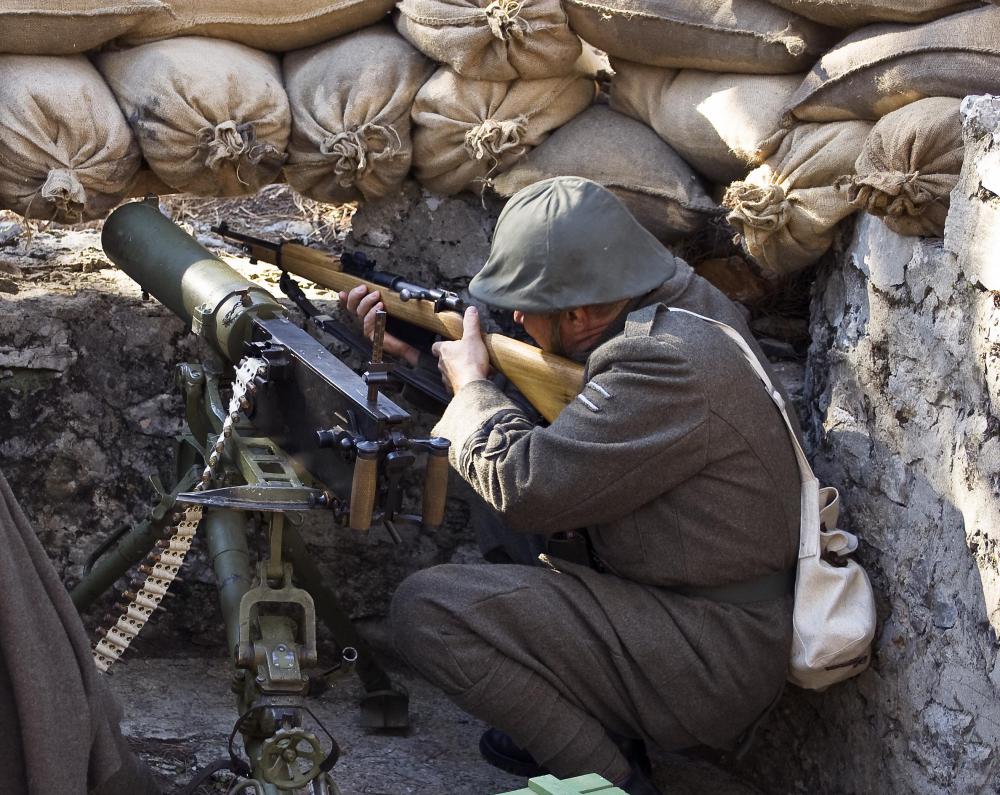At SmartCapitalMind, we're committed to delivering accurate, trustworthy information. Our expert-authored content is rigorously fact-checked and sourced from credible authorities. Discover how we uphold the highest standards in providing you with reliable knowledge.
What are Capital Controls?
Capital controls are restrictions that a government places on international investments. They limit or regulate the transfer of capital into or out of a country. In the US, capital is defined as both financial investments and real property. Capital controls manifest in the form of price controls, quality controls, prohibitions, and taxes.
The first capital controls in the US were introduced during World War I. Wide restrictions were placed on foreign investments in order to keep capital flowing on the domestic front. The controls allowed for higher revenue through taxation, while increasing inflation and lowering interest rates. In short, the capital controls raised new money for the war effort, and allowed the government to borrow against its debt at a better rate in order to finance the war.

There are two basic types of capital controls: administrative and market based. Administrative controls, also called direct controls, prohibit the flow of capital. Market based controls, or indirect controls, discourage the flow of capital by imposing costly rules. Taxation and multiple exchange rates are a few examples of indirect controls.
A government can attempt to control two types of monetary flow. Controlling the outflow of money, or money exiting the country, is generally done to encourage growth within the country by reinvesting in the country itself, and to stabilize exchange rates. The inflow of money, or money entering the country, is usually controlled to lessen the national economic volatility that can be brought about by haphazard investing.

There is significant debate among the political community as to whether or not capital controls are a good thing for the economy, or for the health of global trade. The US has largely held the belief that capital controls are a bad thing, and should only be used in times of crisis, such as they were during the first World War. Other countries have used them in times of desperate national financial crisis, and have become the case studies for arguments both for and against monetary controls.
The International Monetary Fund (IMF) held a study in 2000 that attempted to give an unbiased look at the capital controls' effect on an individual county's economy. The study showed that attempting to control undesirable transactions may interfere with desirable ones. It pointed out that administrative costs can sometimes be outrageous, and potentially waste more money, if the controls are not done properly. The controls may also negatively affect the world's perception of a country's financial market, therefore making it more difficult for the country to access foreign funds when necessary. The conclusion drawn from the study was that controls were most effective when they were comprehensive and rigidly enforced for the period of time that they are deemed necessary.
AS FEATURED ON:
AS FEATURED ON:












Discuss this Article
Post your comments